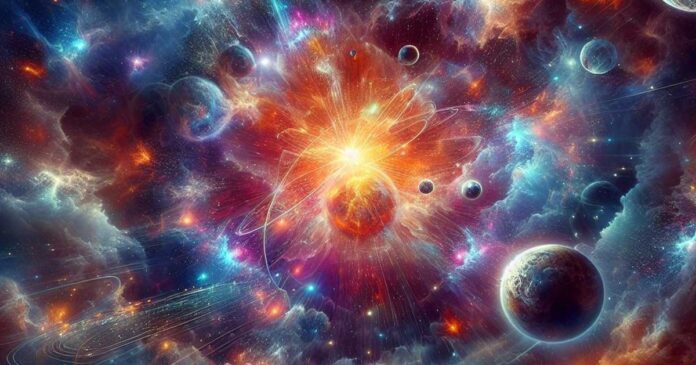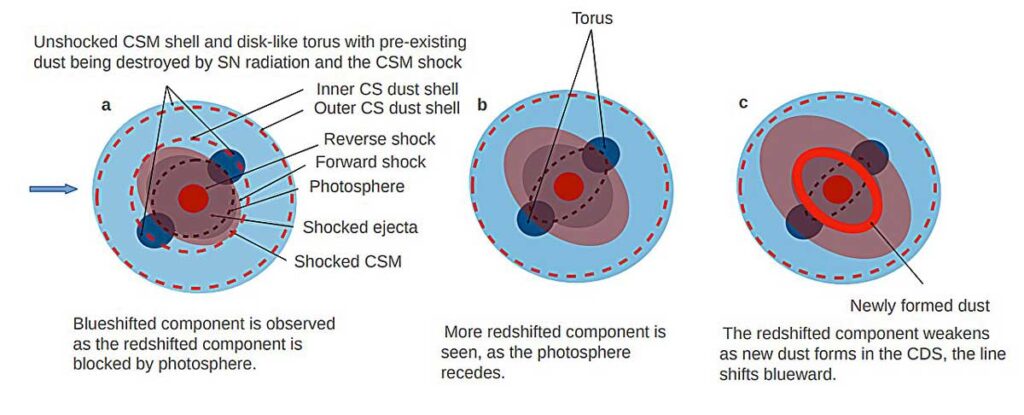In the vast cosmic theater, where stars are the actors and galaxies form the backdrop, a spectacular phenomenon unfolds—the 1A supernova.
These celestial explosions, akin to cosmic fireworks, have fascinated astronomers for centuries.
But what lies beneath their brilliant displays? In this exclusive report, we delve into the heart of these cosmic storms, unraveling their mysteries and shedding light on their profound impact on the universe.
The Birth of a Cosmic Firework
What Is a 1A Supernova?
At the heart of every 1A supernova lies a white dwarf—a stellar remnant left behind after a star exhausts its nuclear fuel.
When a companion star orbits too close, the white dwarf siphons off material, gradually accumulating mass. Eventually, the pressure and temperature at its core reach a critical point, triggering a cataclysmic explosion.
The result? A dazzling burst of energy that outshines entire galaxies.
The Cosmic Crucible: Unleashing Energy
The Thermonuclear Furnace
Within the white dwarf, carbon and oxygen atoms fuse in a frenzied dance, creating heavier elements.
This thermonuclear furnace releases an astonishing amount of energy—equivalent to millions of hydrogen bombs detonating simultaneously.
The shockwave ripples through space, scattering stardust and enriching the cosmos with elements vital for life.
Cosmic Echoes: Probing the Past
Supernova Remnants
Long after the fireworks fade, remnants persist. These ghostly structures—supernova remnants—reveal the aftermath of the explosion.
Their intricate filaments and shock fronts bear witness to the white dwarf’s final act.
By studying these cosmic echoes, scientists piece together the story of stellar evolution and the birth of elements.
The Universe’s Goldsmiths
Heavy Element Factories
1A supernovae are cosmic alchemists, forging elements beyond hydrogen and helium.
Gold, silver, platinum—the universe’s precious metals owe their existence to these stellar explosions.
As the shockwave tears through the white dwarf, it synthesizes heavy elements, scattering them across interstellar space.
Our very existence is intertwined with these cosmic goldsmiths.
Conclusion: A Cosmic Symphony
In the grand symphony of the cosmos, 1A supernovae play a pivotal role.
Their brilliance illuminates the dark expanse, their remnants seed new stars, and their echoes whisper tales of cosmic evolution.
As we gaze at the night sky, let us remember that within those distant pinpricks of light, cosmic storms rage—a testament to the universe’s eternal dynamism.
FAQs
No, there are different types of supernovae. 1A supernovae, also known as Type Ia, occur in binary star systems and involve white dwarfs.
Unfortunately, pinpointing the exact moment of a 1A supernova remains elusive. However, ongoing observations help us identify potential candidates.
Their explosive energy disperses heavy elements, enriching galaxies and shaping the cosmic landscape.
More info: Newly formed dust within the circumstellar environment of SN Ia-CSM 2018evt, Nature Astronomy (2024). DOI: 10.1038/s41550-024-02197-9. On arXiv: DOI: 10.48550/arxiv.2310.14874


